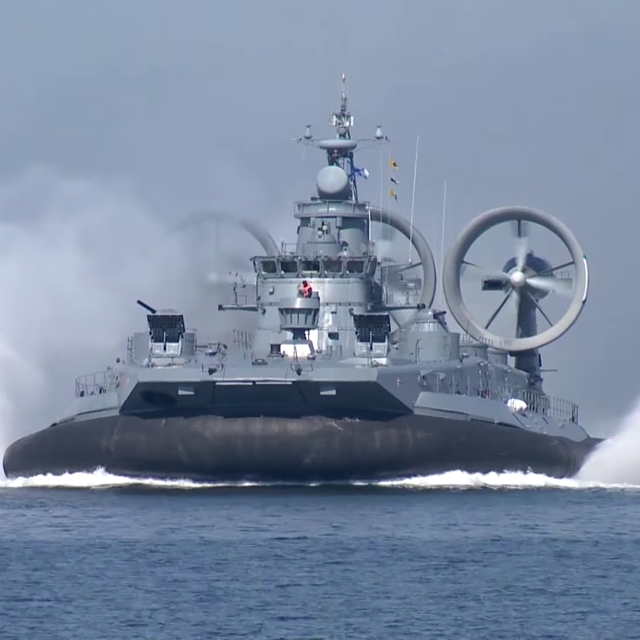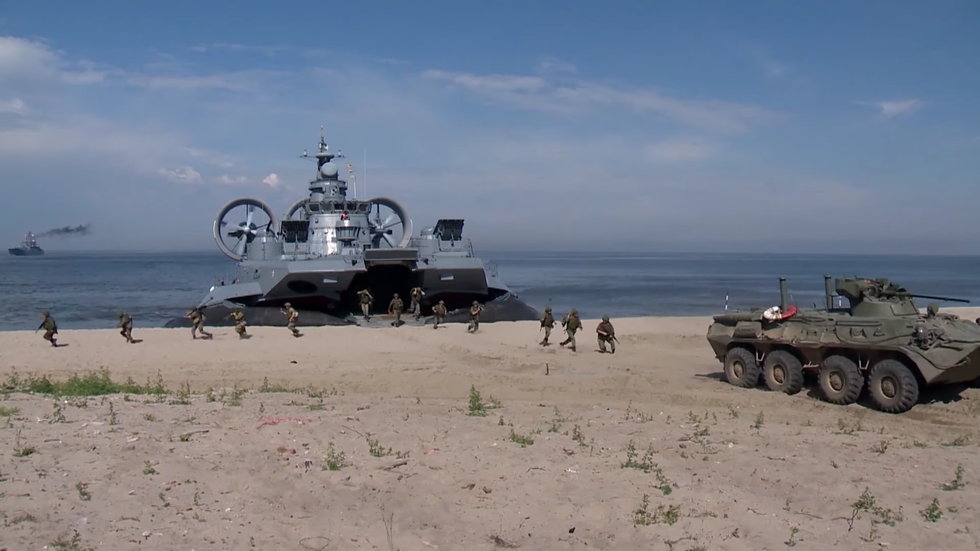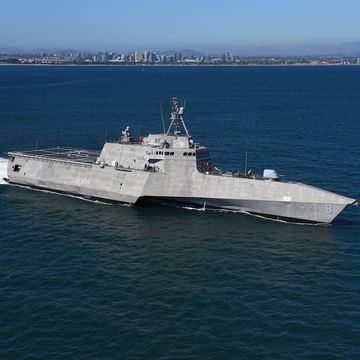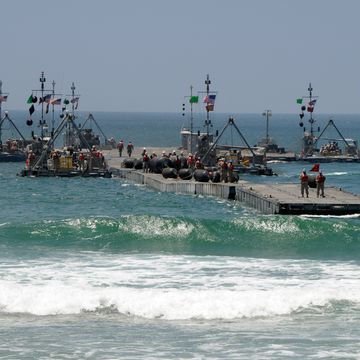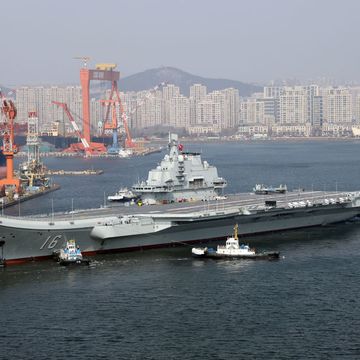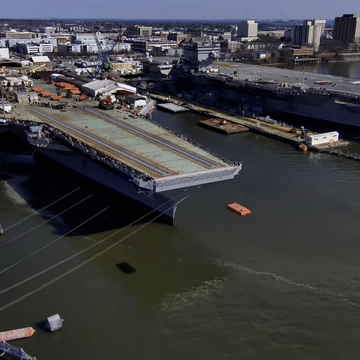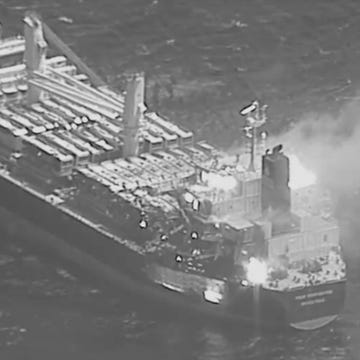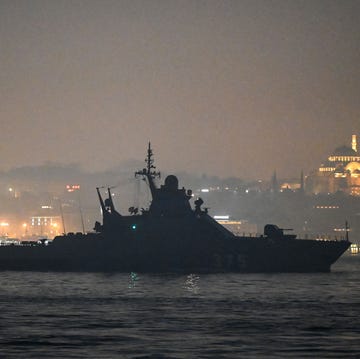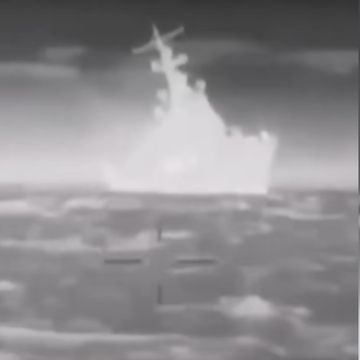- A new video shows Russia’s Zubr hovercraft disgorging marine troops on a beach.
- The Zubr-class is a leftover from the Cold War.
- The hovercraft, in service with three countries, are some of the only armed hovercraft in the world.
A video released by Moscow’s Ministry of Defense shows troops from the Kaliningrad region conducting an amphibious exercise on the country’s Baltic coastline. The video shows one of Russia’s two Zubr armed in action, unloading marines and armored vehicles on a beach. The Zubr-class is likely the only armed class of hovercraft in the world.
The video, posted July 21, shows troops involved in a snap drill in the Kaliningrad region of Russia. The involved landing marines of the 336th Independent Guards Bialystok Naval Infantry Brigade and their equipment from the landing ship Kaliningrad and the hovercraft Evgeny Kocheshkov. In the video, the hovercraft runs up on the beach and then lowers its bow ramp. Russian marines drive their BTR-82A armored personnel carriers off the vehicle followed by several dozen marines on foot. The marines set up several 82-millimeter mortars for fire support while the armored personnel carriers and infantry drive inland.
Dive deeper. Click here for best-in-class military news, the coolest combat stories, and unlimited access to all things Popular Mechanics.
Evgeny Kocheshkov is one of Russia’s two Zubr (“Bison”)-class hovercraft. The vehicles, built in 1991 in St. Petersburg, are designed to carry a large number of Marines on short distance amphibious raids. Kocheshkov and its sister ship Mordovia weigh 415 tons with a normal load, have a crew of 33, and can carry up to 10 BTR-82A APCs, three main battle tanks, 360 marines, or some combination of all three. The Zubrs can also act as minelayers, storing sea mines in their cargo holds and dumping them at sea.
The Zubrs are each equipped with five gas turbine engines each generating 12,100 shaft horsepower. Three of the gas turbines are mounted on enormous pylons on the stern of the ship driving horizontal thrust, while two drive blowers to maintain skirt pressure to keep the hovercraft floating on a bed of trapped air. The craft can travel up to 300 miles at a speed of 55 knots (63 miles an hour) sustained.
Although Russia, China, and the United States all build military hovercraft, only Russia’s are armed with weapons. (North Korea is known to have operated armed hovercraft in the recent past but it’s unknown whether or not they are still in service.) The Zubrs are each armed with two Fasta-4M surface-to-air missile launchers. Each launcher is loaded with 16 Igla-M missiles, a rough equivalent of the American shoulder-fired Stinger missile.
They are also armed with two AK-630M Gatling guns, each of which mounts six 30-millimeter barrels. Finally, each also has two Ogon 22-round 140-millimeter rocket launchers for suppressing beach defenses.
In addition to Russia, China operates four Zubr hovercraft and Greece operates another four. China’s Zubrs would be useful for quickly reinforcing the country’s islands in the South China Sea or seizing islands in the East China Sea, and could lead the way in an invasion of Taiwan. Greece’s hovercraft are useful operating among the hundreds of islands in the Aegean Sea, particularly as a means of keeping rival Turkish military forces off balance.
The U.S. Navy operates several dozen Landing Craft, Air Cushion (LCAC), smaller, shorter range landing craft designed to ferry troops, vehicles, and supplies from amphibious landing ships to shore. The LCAC can even carry M1A1 main battle tanks. The vehicle are unarmed and will eventually be replaced by the new Ship to Shore Connector (SSC).
The Zubr class, while unique, probably won’t last much longer: the original boats were delivered in 1991 and were meant to last just 16 years.

Kyle Mizokami is a writer on defense and security issues and has been at Popular Mechanics since 2015. If it involves explosions or projectiles, he's generally in favor of it. Kyle’s articles have appeared at The Daily Beast, U.S. Naval Institute News, The Diplomat, Foreign Policy, Combat Aircraft Monthly, VICE News, and others. He lives in San Francisco.
